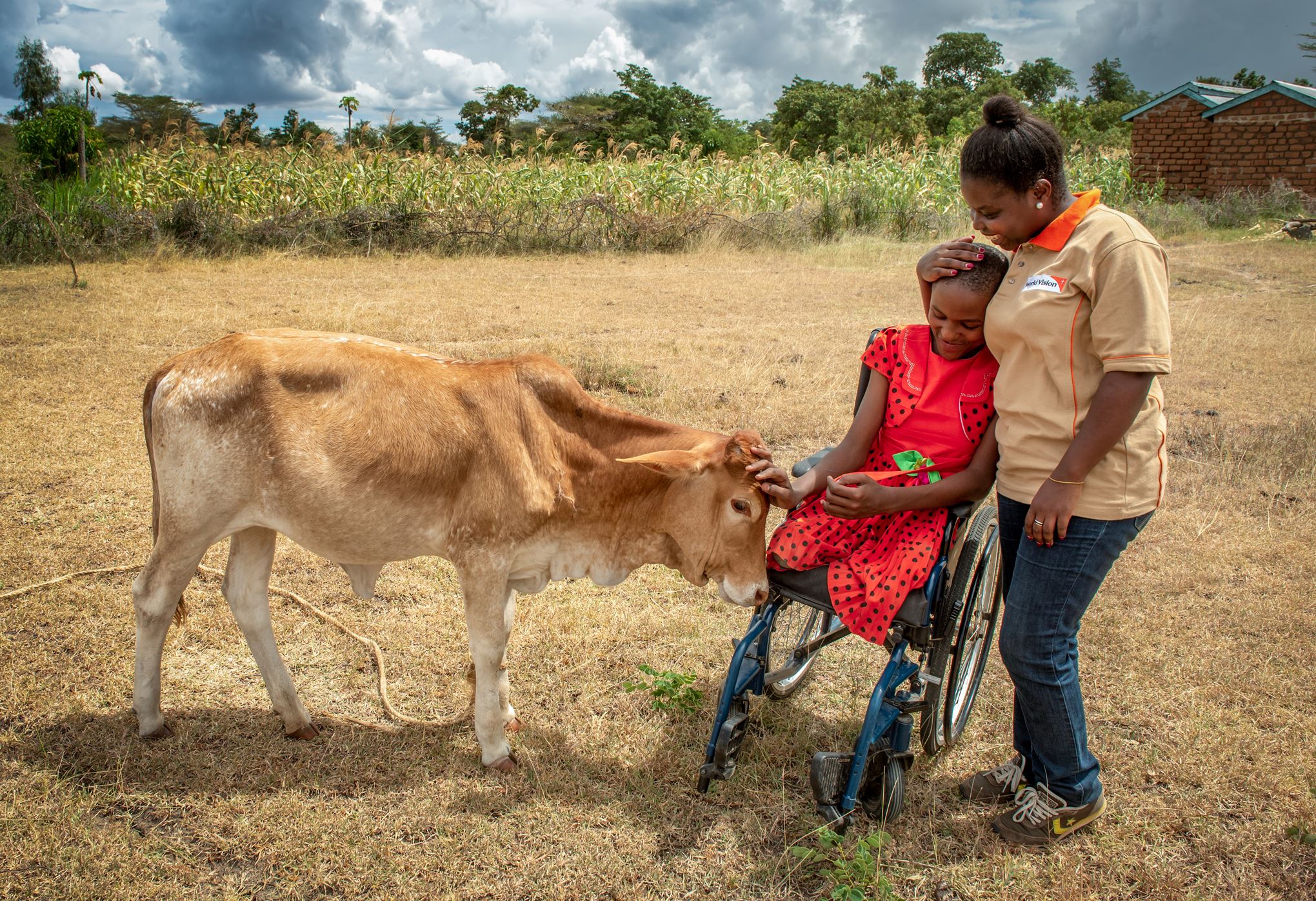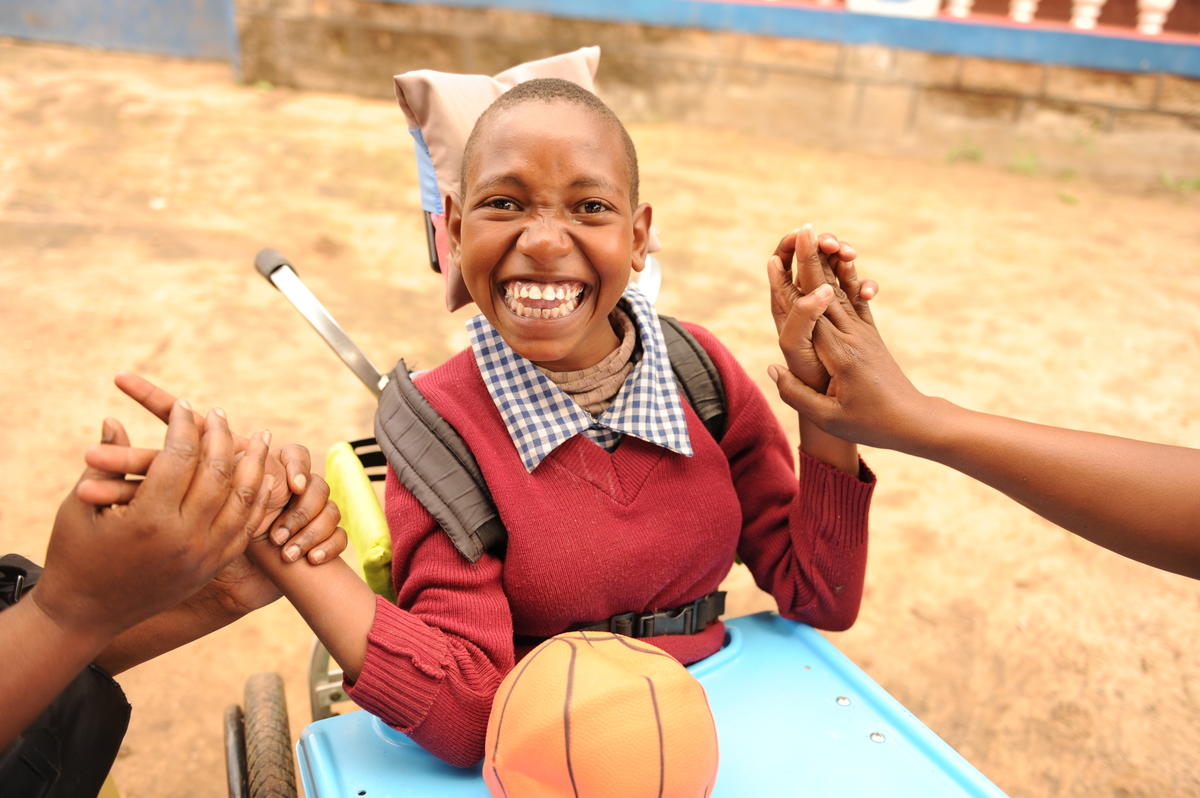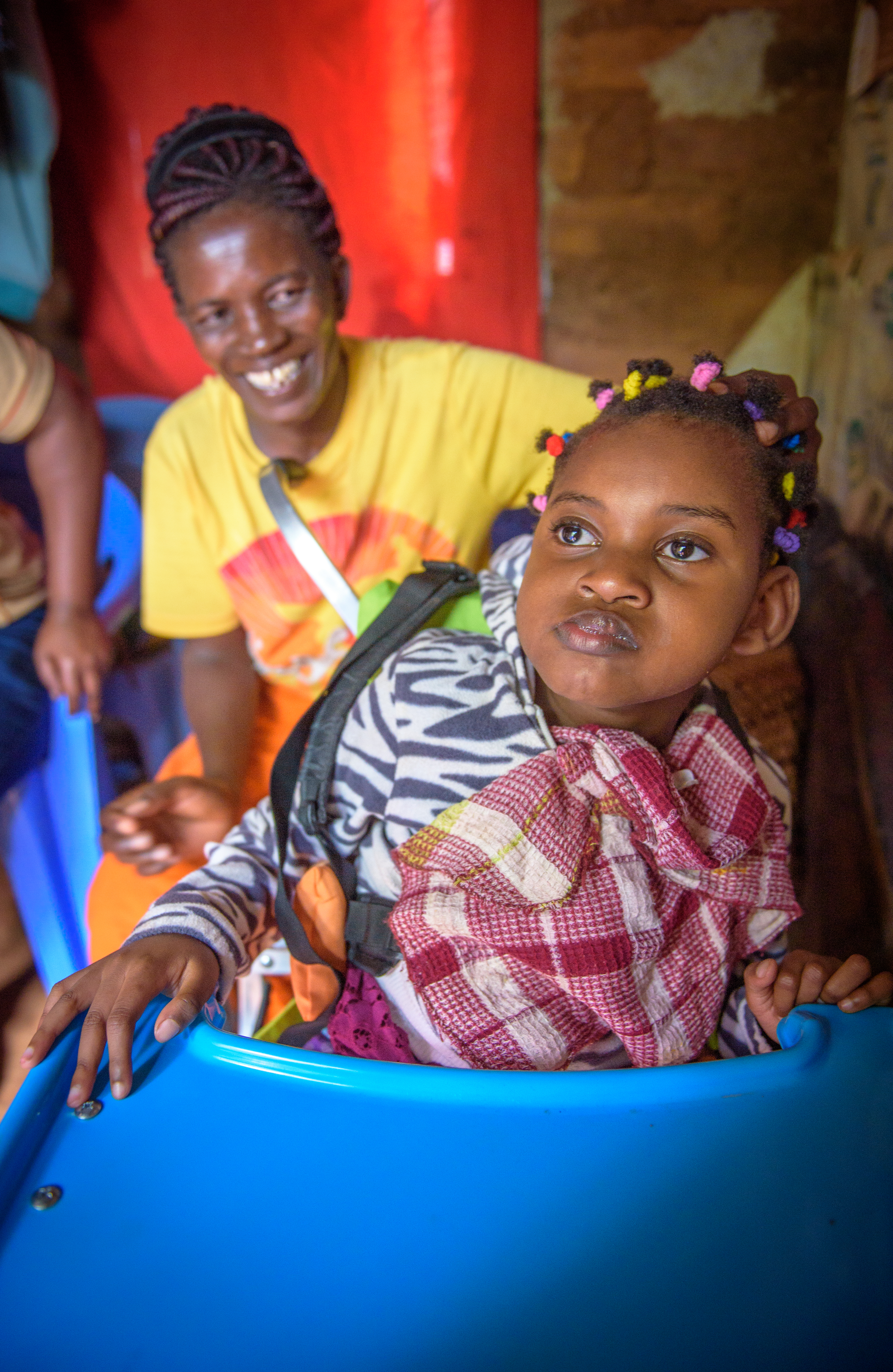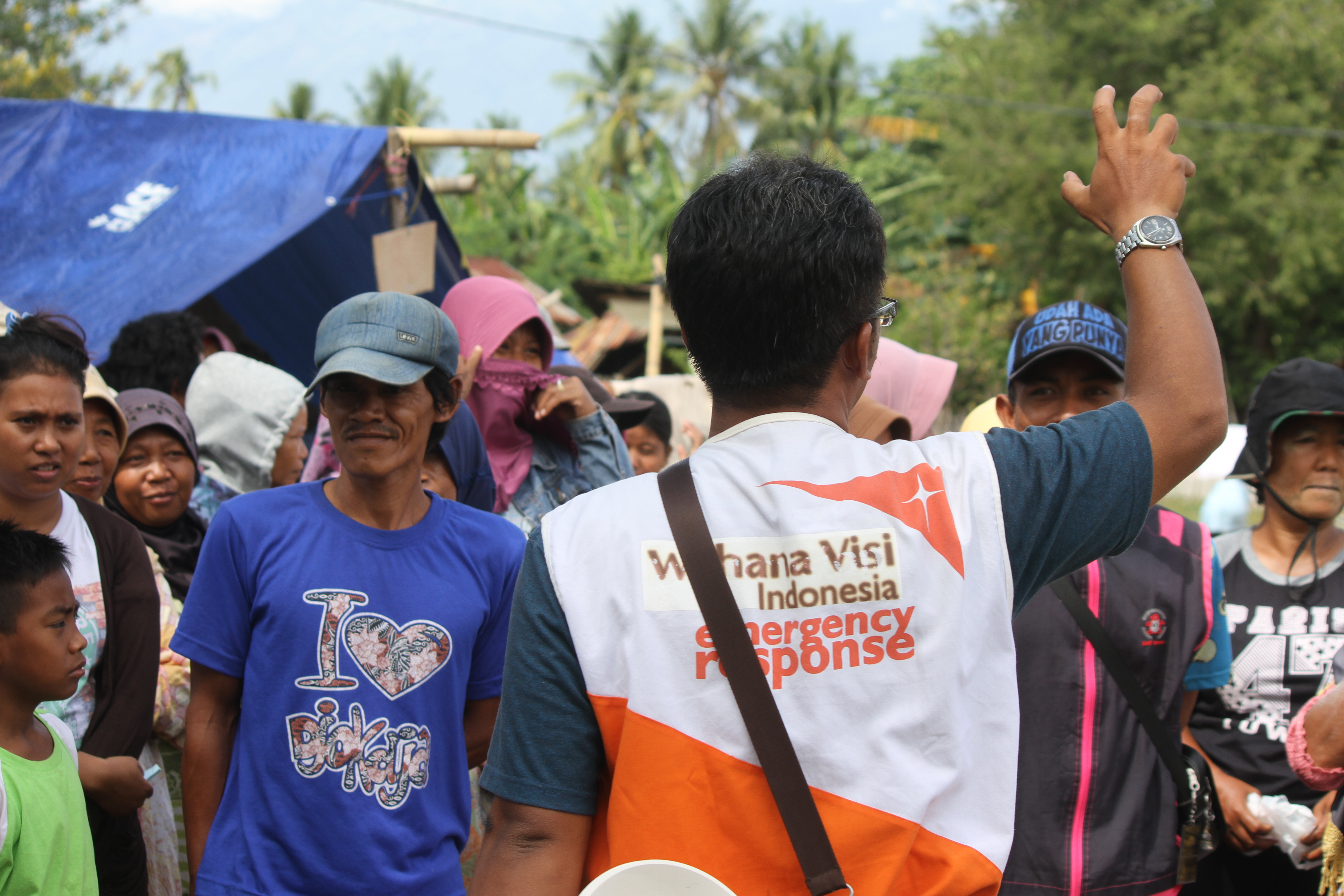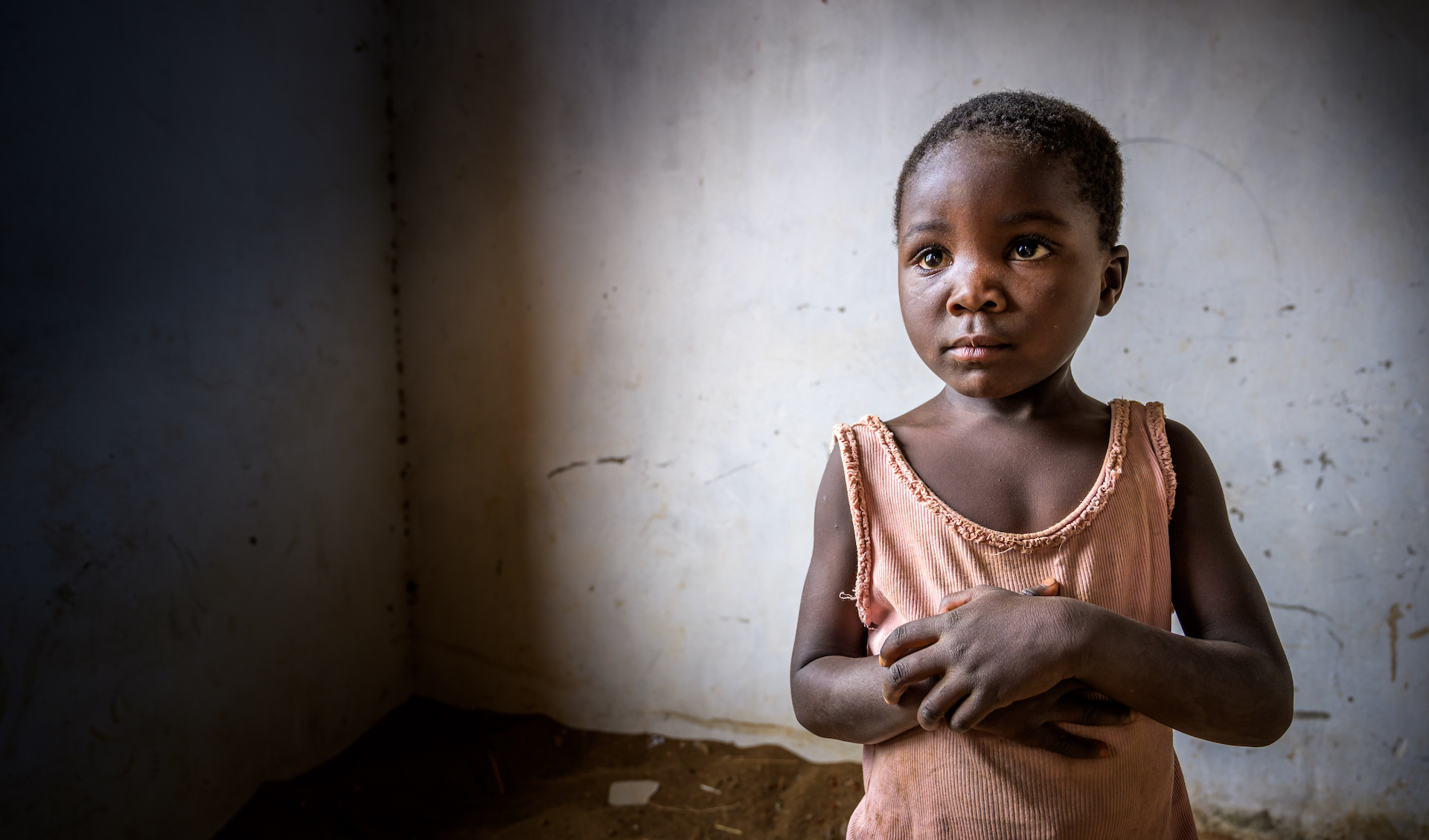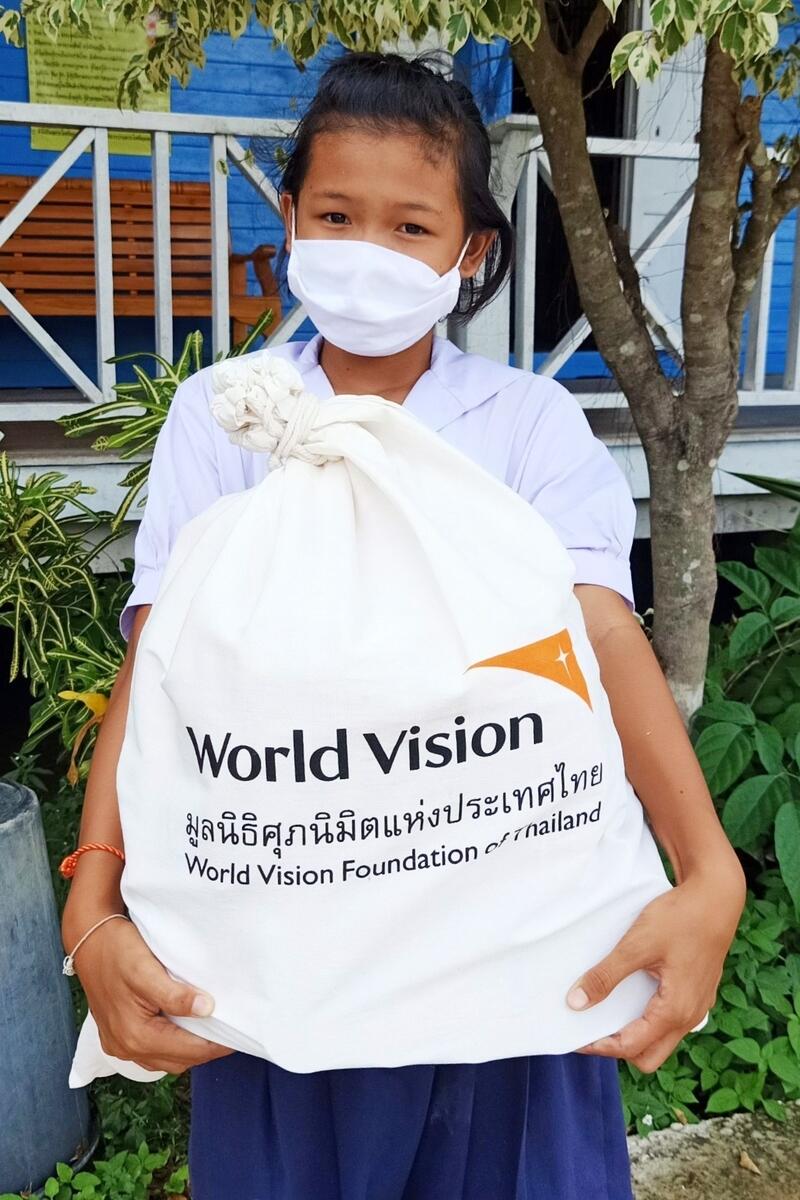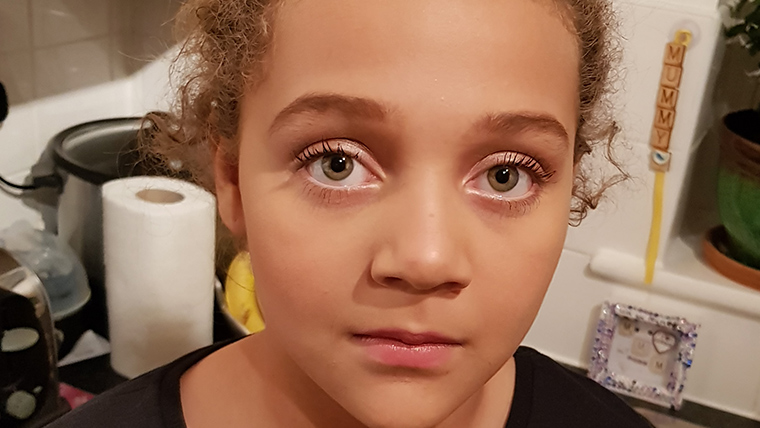How children with disabilities are showing us a world of possibilities
Before COVID-19, I was fortunate to have had many opportunities to visit World Vision’s programmes and always looked forward to listening to children in the meetings. To me, this was the highlight of my visits because the conversations are often enjoyable and rich, and I go away enlightened by their stories.
It’s rare though, to meet children with disabilities. It’s not unusual that communities often hide children with disabilities to shelter them from discrimination and stigma. A common belief also exists that children with disabilities have ‘lower capacity’ to do things or to express themselves. Despite efforts to push for inclusion, children with disabilities often remain invisible and unheard in society.
A new report estimates that close to 240 million children in the world have disabilities – that is, 1 in every 10 children. Often, they fare worse than children without disabilities in almost every aspect of life. For example, in the study, it was found that about 40% have never attended school, over half are more likely to have symptoms of acute respiratory tract infection – symptomatic of a lack of necessities, difficulties in communicating with others and often other co-existing health conditions. And they’re more likely to be unhappy. Children with disabilities are also more likely to experience severe corporal punishment.
In particular, girls with disabilities are often even more disadvantaged compared to their male peers. With COVID-19, millions of children, especially those with disabilities, faced elevated risks due to lack of education, and greater exposure to physical, sexual and emotional violence at home and in their communities.
But what if the tide turned? What if children with disabilities weren’t marginalised? What if they could play a lead role, give the cues or sit at the tables where decisions are made? What possibilities would unfold?
As I look at our work at World Vision, I am inspired by what children can do – and even more so by what children with disabilities can do! Let me tell you what I mean.


